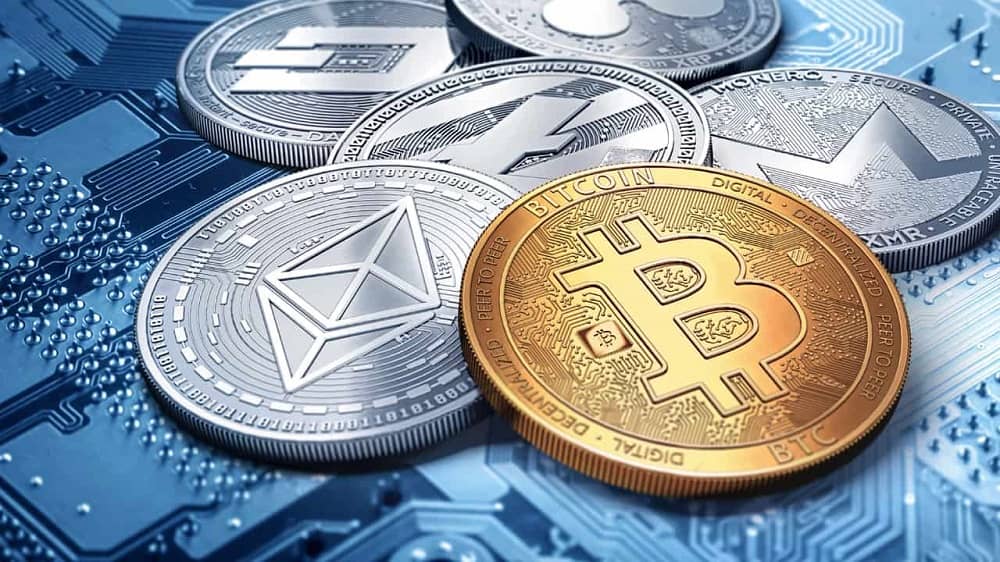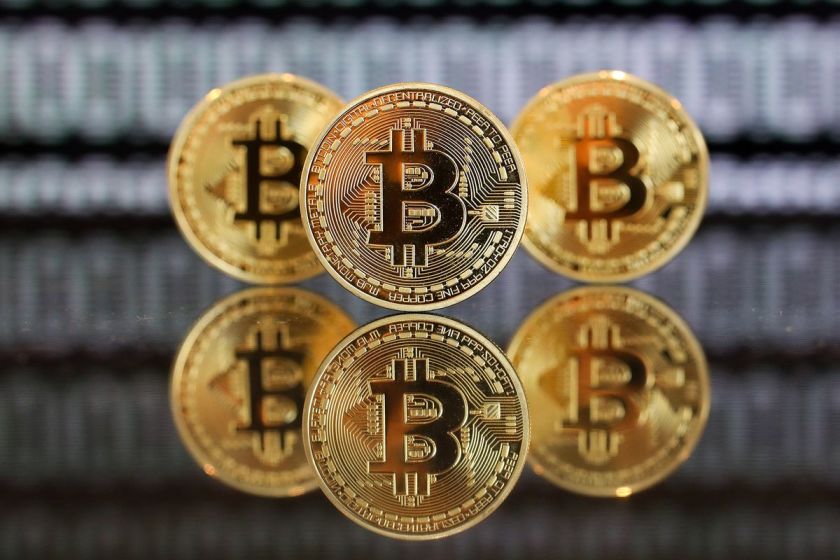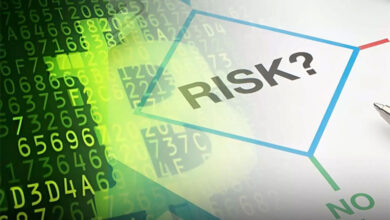An Introduction to Digital Currencies: What They Are and How They Work

An Introduction to Digital Currencies: What They Are and How They Work
Introduction
An introduction to digital currencies in today’s world—digital currencies have become one of the most important economic and technological innovations. Built on blockchain technology, these currencies enable individuals to perform their financial transactions without the need for intermediaries such as banks or traditional financial institutions. The concept of digital currency has grown increasingly popular over the past two decades, securing its position as an alternative financial system. Many individuals and companies use these currencies for faster, more secure transactions with lower fees.

Digital currencies have not only created new economic opportunities for users and businesses, but their decentralized nature and user control have also ushered in new concepts such as decentralization and transparency. This article will examine what digital currencies are, how they differ from traditional (fiat) currencies, the concept of decentralization, and the functioning of blockchain technology.
Definition of Digital Currencies
Digital currency refers to a type of electronic money that is designed entirely in a digital and non-physical form. Unlike paper money or coins used in daily transactions, digital currencies are accessible and usable only in the virtual realm. However, digital currencies are not limited to being just a medium of exchange; they are also recognized as a tool for storing value, trading, investing, and even financing.
One of the first digital currencies to achieve global fame is Bitcoin, which was introduced in 2009 by an individual or group under the pseudonym Satoshi Nakamoto. Bitcoin was created as a response to the global financial crisis at that time, with its main objective being to provide a new monetary system that is independent of governments and traditional financial institutions.
Features of Digital Currencies:
- Strong Cryptography: One of the most important features of digital currencies is the use of cryptographic techniques to create and manage the monetary units and to verify transactions.
- Decentralized: Unlike traditional currencies, which are controlled by central banks, digital currencies are managed by a distributed network of computers (nodes).
- Not Tied to Countries: Unlike traditional currencies that are linked to the economy of a specific country, digital currencies are global and borderless.
- Transparency and Anonymity: In most digital currencies, transactions are transparent and traceable, yet the identities of individuals remain anonymous.
Uses of Digital Currencies:
- Financial Exchange: Many people use digital currencies for international transactions. These transactions are usually faster and cheaper than traditional banking methods.
- Investment: Digital currencies have gained popularity as an investment tool. Many individuals purchase assets like Bitcoin, Ethereum, and Litecoin as long-term investments.
- Online Payments: With the increase in online stores accepting digital currencies, users can easily buy goods and services using these currencies.
- Protection Against Inflation: In countries experiencing high inflation, digital currencies can serve as a solution to safeguard asset values against the devaluation of national currencies.

The Difference Between Digital Currencies and Fiat (Traditional) Currencies
Fiat currencies refer to paper money and coins issued by governments and controlled by central banks. These currencies—such as the US dollar, Euro, Rial, and other national currencies—are recognized as the official money of countries and are accepted as means of value exchange under governmental regulations. While fiat currencies are issued and controlled by governments, digital currencies are created based on decentralized technology and can be either private or public.
Key Differences Between Digital and Fiat Currencies:
- Control and Management: Fiat currencies are controlled by central banks and governmental institutions. Governments can manage their fiscal and monetary policies through printing money and adjusting interest rates. In contrast, digital currencies are managed by a distributed network of users and nodes, free from government control.
- Backing: Fiat currencies typically have a governmental backing or rely on public trust in a country’s economic system. Since the 1970s and the abandonment of the gold standard, fiat currencies are not directly tied to physical assets. However, digital currencies operate independently of governments based solely on market supply and demand. No institution or government supports digital currencies.
- Inflation and Supply: In fiat currencies, governments can increase inflation by printing additional money. In contrast, many digital currencies, like Bitcoin, have a fixed cap on the number of new units that can be produced, which helps control inflation. For example, the total number of Bitcoins is limited to 21 million.
- Transferability: Transferring fiat currencies is typically done through banking systems and may take a longer time. Digital currencies, on the other hand, can be transferred almost instantly and at lower transaction fees.
- Price Volatility: One of the main differences between digital and fiat currencies is the extreme volatility often seen in the digital currency market. The value of digital currencies can change rapidly due to quick shifts in demand and supply, while fiat currencies generally experience less volatility.
The Concept and Importance of Decentralization
Decentralization means distributing power and control among different individuals or units, and it is one of the core concepts in the design of digital currencies. Unlike traditional financial systems that operate in a centralized manner, digital currencies are designed to be decentralized. This means that no central authority—such as a bank or government—can exert full control over the digital currency network.
Why Is Decentralization Important?
- Enhanced Security: In centralized systems, there is a single point of failure, which could compromise the entire system if targeted by hackers or corrupt institutions. In decentralized systems, data is stored in a distributed manner, significantly reducing the risk of a complete system failure.
- Greater Transparency: In centralized systems, transaction oversight is generally managed by specific institutions, which can result in reduced transparency. Conversely, in decentralized systems, transactions are recorded publicly and transparently, lowering the risk of fraud.
- User Control: One of the primary goals of decentralization in digital currencies is to return control of assets to the users. Individuals can directly manage their assets without intermediaries.
- Censorship Resistance: In decentralized systems, no single entity can block or stop transactions directly. This feature allows users to exchange value even under restrictive conditions, such as economic sanctions.
 An Introduction to Digital Currencies[/caption>
An Introduction to Digital Currencies[/caption>
Blockchain Technology and How It Works
Blockchain technology is a fundamental innovation underlying many digital currencies. It is a structure that records transactions and information securely and in a distributed manner. Blockchain is a digital ledger that registers all transactions as a chain of blocks. Each block contains information about the transactions, as well as timestamp and security details that link it to the previous block.
How Blockchain Works:
- Transaction Creation: Users in the network can create new transactions. These transactions involve sending or receiving digital currency.
- Transaction Verification: Once a transaction is created, it must be verified by the network. This verification is carried out through a process called “consensus,” where all network nodes collaborate to confirm the authenticity of the transaction.
- Block Creation: After verification, the transaction, along with other transactions, is placed into a new block. This block is then added to the blockchain.
- Linking Blocks: Each block is chained to the previous one, and this chain is distributedly stored across all network users.
- Immutability: One of the key features of blockchain is that once information is recorded and verified, it cannot be altered or deleted. This characteristic enhances transparency and trust in the system.
Conclusion
Digital currencies and blockchain technology, as innovations introduced in the 21st century, have dramatically transformed the way the global economy functions. Through decentralization, increased transparency, and enhanced security, these technologies empower users with greater control over their assets and transactions. As digital currencies continue to evolve, a thorough understanding of these technologies and how they work becomes increasingly important for both users and businesses.
This article, focused on introducing digital currencies, outlining their differences from traditional currencies, and emphasizing the importance of decentralization and blockchain technology, aims to provide a foundation for better understanding these concepts.







